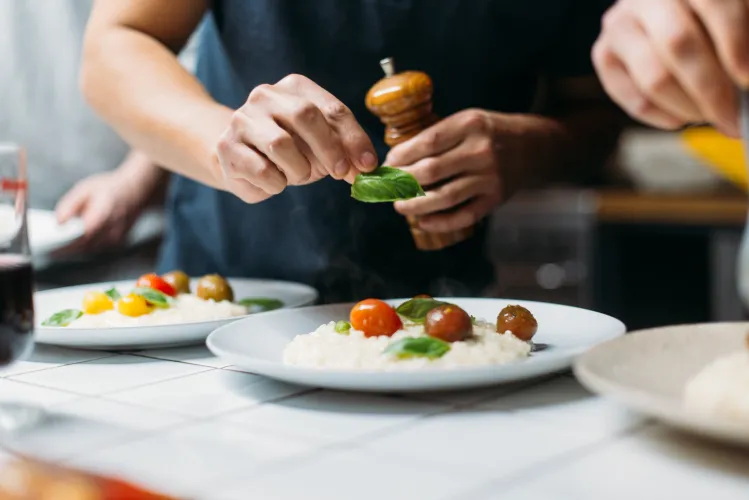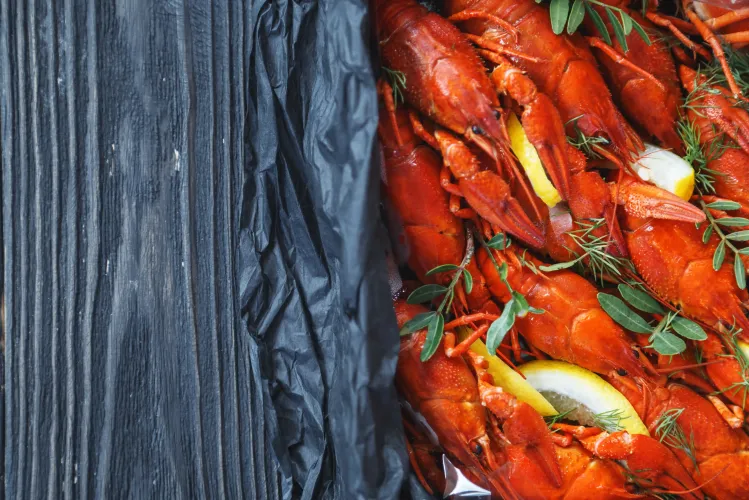There's something magnetic about the way spices perfume the air in a Moroccan kitchen. Whether you're wandering through a bustling souk or simmering a tagine in your own home, the cuisine of Morocco offers an unforgettable culinary adventure, rich in culture, color, and bold, layered flavors. In 2025, as home cooks and culinary explorers look to expand their palates, Moroccan cuisine continues to captivate with its warmth and complexity. At the heart of this fascination lie three defining elements: ras el hanout, the iconic tagine, and the ever-refreshing tradition of Moroccan mint tea.
Ras el Hanout: The Spice King
Translated as “head of the shop,” ras el hanout is more than a spice blend; it’s a story of a spice merchant’s pride. Unlike standardized spice mixes, each ras el hanout is unique, often featuring a secret combination of up to 30 ingredients. Think cardamom, clove, cinnamon, turmeric, nutmeg, mace, dried rosebuds, and even grains of paradise. It’s the kind of blend that brings depth to dishes without overwhelming the senses.
Today, ras el hanout has earned a place in gourmet pantries and home kitchens alike, not just in Morocco but across global cooking spaces. Nowadays, food lovers are using it to elevate everything from slow-cooked meats and roasted vegetables to modern plant-based creations. Want to take your grilled eggplant or lentil stew to the next level? A pinch of ras el hanout delivers a flavor profile that’s both exotic and comforting.
Tagines: More Than Just a Pot
No dish captures the spirit of Moroccan home cooking quite like a tagine. Named after the earthenware pot it’s cooked in, tagines are slow-cooked stews that coax out layers of flavor through low heat and time. The conical lid recirculates moisture, making every bite tender and infused with spices.
While the classics, chicken with preserved lemon and olives, or lamb with apricots and almonds, remain timeless, 2025 is seeing a fresh take on the tagine. Chefs and home cooks are experimenting with seasonal produce, legumes, and seafood, embracing both tradition and creativity. The key is balance: sweet with savory, spice with subtlety.
And for those not yet owning a traditional tagine pot, fear not. Dutch ovens and slow cookers are wonderful substitutes, allowing anyone to recreate the magic of Moroccan stews with the tools already in their kitchen.
Mint Tea: The Ritual of Refreshment
Step into any home or market stall in Morocco, and you’re likely to be greeted with a glass of mint tea, hot, sweet, and brimming with fresh spearmint. Known as atay, it’s not just a beverage; it’s a cultural experience. The act of pouring it from a height, letting it foam, is as symbolic as the tea itself.
The appeal of the Moroccan mint tea has grown beyond cultural borders. It's become a staple in tea shops and home brewing rituals, appreciated for its digestive benefits and its role in mindful living. Many are even giving it a twist by adding green tea variations, citrus peels, or a dash of ginger for an extra zing.
Marrakech’s Souks: A Sensory Journey
To understand Moroccan cuisine at its core, one must imagine walking through the spice-laden lanes of Marrakech. The air is thick with the aroma of cumin, saffron, and sweet pastries like chebakia. Market stalls overflow with olives, preserved lemons, and pyramids of dates. Vendors invite you to taste, smell, and linger. It’s a feast not just for the stomach, but for the soul.
Even if Marrakech feels a world away, the experience is increasingly accessible. In 2025, virtual cooking classes, global spice delivery services, and artisan marketplaces make it easier than ever to bring Morocco to your own table. The journey begins with curiosity and a willingness to try.
A Taste That Travels
Moroccan cuisine, with its rich heritage and bold use of spices, is not just food—it’s a form of storytelling. It connects generations, welcomes guests, and celebrates the fusion of Berber, Arab, Andalusian, and Mediterranean influences. In a year where many are seeking deeper connections through food, Moroccan flavors offer something profound: an invitation to slow down, savor, and explore.
Whether you're recreating a saffron-laced lamb tagine or simply sipping on mint tea in your backyard, Moroccan cuisine brings a touch of warmth and adventure to everyday life. So go ahead—open a jar of ras el hanout, light the stove, and let the spice trail lead you home.
Looking for authentic spice blends and modern twists on traditional dishes? Explore our collection of articles on Recipes Living.



 (1) (1)_thumb_500px.webp)
